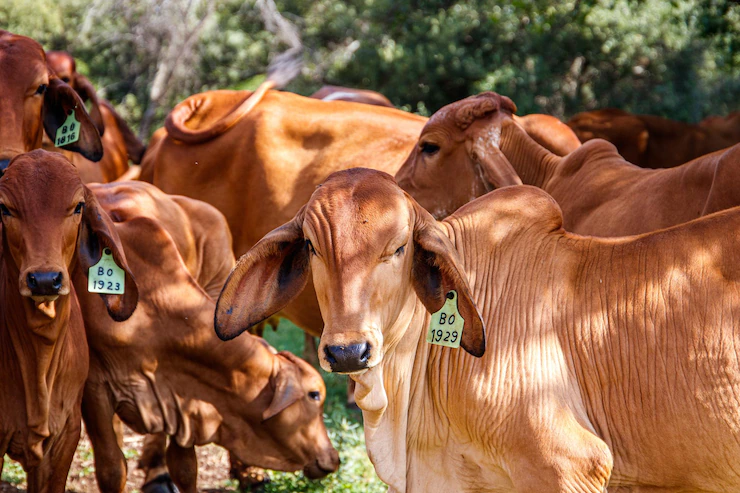Bovine tuberculosis (bTB) is a chronic bacterial disease that primarily affects cattle but can also infect other animals and humans. It is caused by the bacterium Mycobacterium bovis. Here are some symptoms of bovine tuberculosis that you should look out for in cattle:
- Coughing: Cattle infected with bTB may have a persistent cough that does not go away. The cough may be accompanied by phlegm or mucus.
- Weight loss: Infected animals may experience progressive weight loss despite maintaining a normal appetite. They may appear thin or emaciated.
- Generalized weakness and lethargy: Cattle infected with bTB may display reduced energy levels and lethargy. They may be less active and spend more time lying down.
- Respiratory distress: In advanced stages of the disease, affected animals may exhibit difficulty breathing, rapid breathing, or abnormal breathing patterns.
- Swollen lymph nodes: Tuberculosis often affects the lymph nodes, leading to their enlargement and the formation of lumps or abscesses. Common sites of lymph node swelling include the head, neck, and throat area.
- Reduced milk production: Dairy cows infected with bTB may show a decline in milk production. They may produce less milk than usual or have a lower quality of milk.
- Poor reproductive performance: Infected bulls or cows may experience fertility problems, such as reduced conception rates, irregular estrus cycles, or abortion.
It’s important to note that the symptoms of bTB can vary, and some infected animals may not display any obvious clinical signs. Routine testing, including skin tests and blood tests, is often required for accurate diagnosis. If you suspect bTB in your cattle, it is crucial to contact a veterinarian for proper evaluation, testing, and guidance on control and prevention measures.







